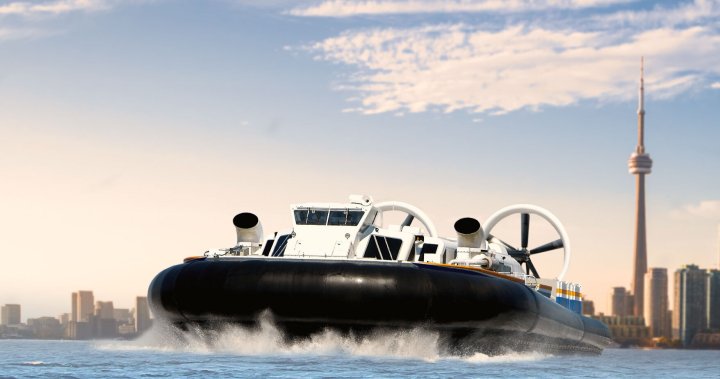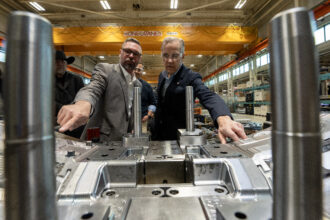A cutting-edge transportation solution is poised to revolutionize travel between Toronto and Niagara Falls, potentially slashing journey times to a mere 30 minutes. Hoverlink Ontario Inc. has unveiled plans for a hovercraft service that promises to transform the commute between these two iconic Canadian destinations, offering a compelling alternative to the often congestion-plagued highways and conventional transit options.
The innovative service, scheduled to launch later this year, will operate a fleet of hovercrafts capable of carrying up to 180 passengers in a single journey. These remarkable vessels will depart from Ontario Place in downtown Toronto and arrive at Port Weller in St. Catharines, effectively bypassing the notorious traffic bottlenecks that have long frustrated travelers along the QEW corridor.
“This isn’t just about creating another transportation option—it’s about fundamentally changing how we connect these vital economic and tourism centers,” said Michael Clemons, founder of Hoverlink Ontario. “We’re offering travelers the opportunity to reclaim hours of their day while significantly reducing their carbon footprint.”
The environmental benefits of the service are substantial. According to Hoverlink’s analysis, each hovercraft produces approximately 72% fewer emissions than the equivalent number of cars making the same journey. The vessels operate on specialized cushions of air that enable them to glide mere inches above the water’s surface, minimizing wake and environmental impact while maintaining speeds of up to 60 knots (111 km/h).
For daily commuters, the service represents a potential game-changer. Currently, the journey between Toronto and Niagara typically takes between 90 minutes and two hours by car—and significantly longer during peak traffic periods or inclement weather. GO Transit’s seasonal train service offers an alternative but still requires approximately two hours for the complete journey.
The economic implications extend beyond mere convenience. Tourism officials in Niagara have long identified transportation barriers as a significant obstacle to growth, particularly for international visitors and day-trippers from the Greater Toronto Area. The hovercraft service could effectively transform Niagara into a viable day-trip destination, potentially boosting restaurant patronage, attraction visits, and overall tourism spending.
“The ability to move from downtown Toronto to Niagara in half an hour fundamentally changes the economic relationship between these regions,” noted Dr. Amara Singh, urban transportation economist at the University of Toronto. “We could see significant shifts in tourism patterns, property values, and even residential choices as commuting becomes more feasible.”
The service won’t come without challenges. Initial ticket prices are expected to be competitive with existing transportation options but may present affordability concerns for some travelers. Hoverlink has indicated that regular commuter packages and discounted fares for seniors and students will be available.
Weather reliability remains another consideration. While the hovercrafts are designed to operate in most conditions, including moderate ice coverage in winter months, extreme weather events could potentially disrupt service. The company maintains that their vessels have demonstrated 95% reliability in similar operations globally.
Municipal leaders from both regions have expressed enthusiasm for the project. The initiative aligns with broader transportation strategies aimed at reducing highway congestion and carbon emissions while strengthening economic ties between the Greater Toronto Area and the Niagara Region.
As urban centers worldwide grapple with transportation challenges, innovative solutions like the Toronto-Niagara hovercraft service represent potential models for efficient regional connectivity. The question remains: could this revolutionary approach to travel between major destinations spark similar transformations in other congested corridors across Canada and beyond?
























